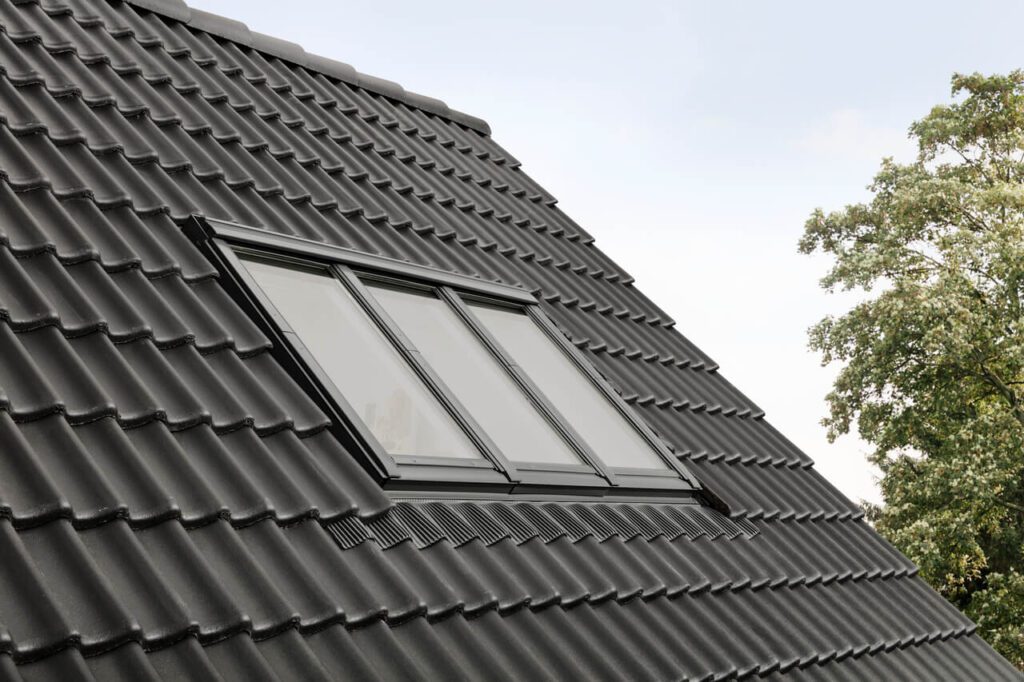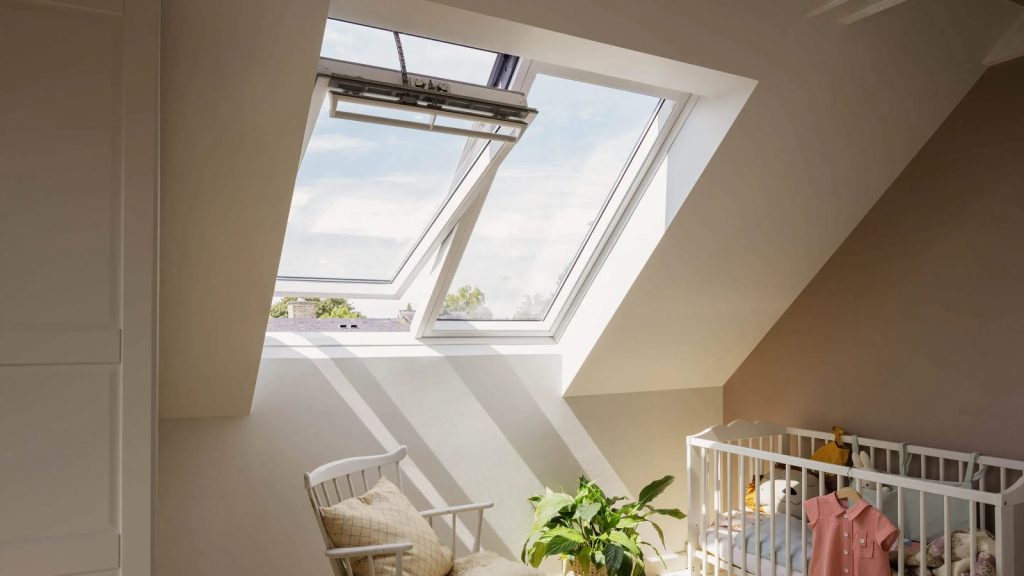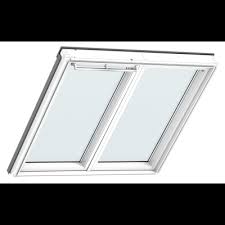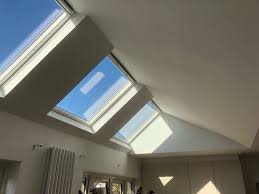Takeaways for Velux Window Ventilation
Why Velux Window Ventilation Matters
Poor indoor ventilation can lead to stuffy rooms, excess humidity, and discomfort, impacting both your home’s environment and your well-being. Velux windows, known for their quality and versatility, offer practical solutions to ventilate stuffy rooms and maintain fresh, healthy air. This comprehensive guide provides actionable, expert-backed advice on Velux window ventilation, helping you transform your home into a comfortable, airy space.
Understanding Velux Window Ventilation
What Is Velux Window Ventilation?
Velux window ventilation refers to the features built into Velux roof windows that allow fresh air to circulate. These include manual ventilation flaps, fully opening windows, and electric or solar-powered systems. These mechanisms help regulate indoor temperature, reduce humidity, and prevent stale air buildup, creating a healthier living environment.
Why Ventilation Is Essential
Stuffy rooms can cause discomfort, promote mould growth, and degrade air quality. Effective Velux window ventilation ensures fresh air circulation, reduces condensation, and maintains a balanced indoor climate, particularly in lofts, attics, or rooms with limited airflow.
Step-by-Step Guide to Improve Velux Window Ventilation
Step 1: Use the Ventilation Flap
The Velux ventilation flap, a standard feature on most models, allows air to enter even when the window is closed. To use it effectively:

Step 2: Maximise Cross-Ventilation
To improve Velux window airflow, create cross-ventilation by pairing Velux windows with other windows or doors. Follow these steps:
Cross-ventilation is particularly effective in lofts or high-ceiling rooms where heat tends to accumulate.
Step 3: Install Velux Electric Window Ventilation
For automated control, consider Velux electric window ventilation systems. These windows can be programmed to open and close based on temperature or humidity. Here’s how to implement:
Electric windows are ideal for hard-to-reach areas or for homeowners seeking convenience.
Step 4: Add Velux Insect Screen Ventilation
To ventilate without inviting pests, install Velux insect screen ventilation accessories. These screens allow airflow while blocking insects. To set up:

This solution is perfect for summer months when insects are more prevalent.
Step 5: Maintain Ventilation Components
Regular maintenance ensures Velux window ventilation remains effective. Key tasks include:
Arrange professional maintenance every few years to keep systems in top condition. Contact Yorkshire Roof Windows for expert services.
Common Ventilation Challenges and Solutions
Stuffy Rooms with Limited Windows
If your room has only one Velux window, use a fan to assist airflow. Place a fan near the window to pull in fresh air or push out stale air, enhancing circulation.
High Humidity in Bathrooms or Kitchens
Velux windows in moisture-prone areas require frequent ventilation. Open windows fully after showers or cooking, and use the ventilation flap when the window is closed to reduce condensation.
Noise Concerns with Open Windows
If external noise is an issue, rely on the ventilation flap or install a Velux window with a noise-reducing filter. These allow air circulation while minimising sound intrusion.
Frequently Asked Questions About Velux Window Ventilation
How often should I ventilate my home with Velux windows?
Ventilate daily by opening windows or using the ventilation flap, especially in stuffy or humid rooms, to maintain fresh air.
Can I use Velux window ventilation in winter without losing too much heat?
Yes, use the ventilation flap for short bursts to refresh air without significantly cooling the room. Electric windows with sensors can optimise this process.
How do I know if my Velux ventilation flap is working properly?
Open the flap and feel for airflow. If air movement is weak, clean the flap and check for blockages in the filter or channel.
Can Velux insect screens reduce airflow significantly?
Velux insect screens are designed to allow adequate airflow while blocking pests. Regular cleaning prevents dust buildup, ensuring optimal ventilation.
How do I improve Velux window ventilation in a loft conversion?
Combine multiple Velux windows for cross-ventilation, use electric windows for automation, and install insect screens to keep air fresh without pests.
What’s the difference between a Velux ventilation flap and full window opening?
The ventilation flap allows controlled airflow when the window is closed, ideal for mild ventilation. Fully opening the window provides maximum airflow for quick air exchange.
Can Velux electric windows integrate with smart home systems?
Yes, many Velux electric windows are compatible with platforms like Velux Active, allowing control via apps or voice assistants for seamless ventilation.
How do I prevent condensation with Velux window ventilation?
Ventilate regularly, especially in high-humidity areas, using the flap or full window opening. Electric windows with humidity sensors can automate this process.
What maintenance does a Velux insect screen require?
Clean the screen every few months with a soft brush or vacuum to remove dust. Wash with mild soap and water annually to maintain airflow.
Can I retrofit a ventilation flap to an older Velux window?
Some older models may not support retrofitting. Contact a Velux professional to assess compatibility and explore upgrade options.
How do I ventilate a room with Velux windows during pollen season?
Use Velux insect screens or ventilation flaps with pollen filters to allow airflow while reducing pollen entry, ideal for allergy sufferers.
What should I do if my Velux ventilation flap is stiff or stuck?
Clean the flap with mild soap and water to remove debris, then lubricate the mechanism with silicone-based lubricant to restore smooth operation.
Can Velux window ventilation help with cooking odours in a kitchen?
Yes, fully open the window or use the ventilation flap after cooking, and pair with an extractor fan to quickly remove odours and improve air quality.

Expert Tips for Optimal Ventilation
Tools and Materials Needed
Conclusion
Velux window ventilation is a powerful way to transform stuffy rooms into fresh, comfortable spaces. By using ventilation flaps, electric windows, insect screens, and cross-ventilation techniques, you can enhance air quality and reduce humidity. Regular maintenance ensures long-term performance, keeping your home healthy and inviting. For expert advice, genuine Velux products, or professional installation, visit Yorkshire Roof Windows.








